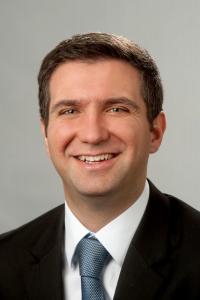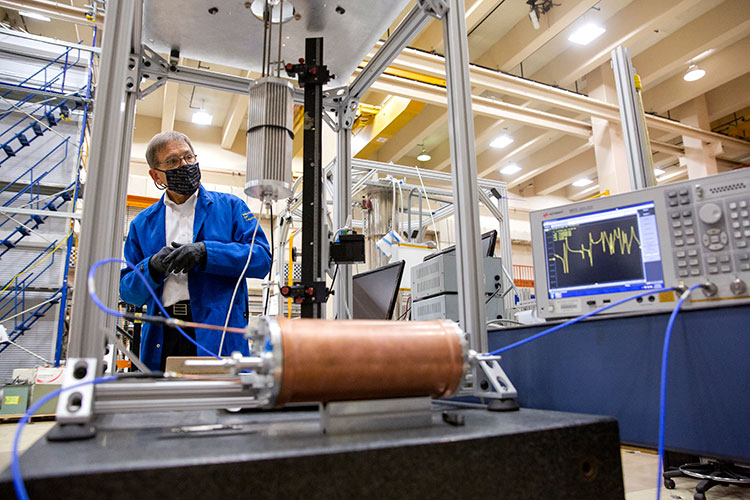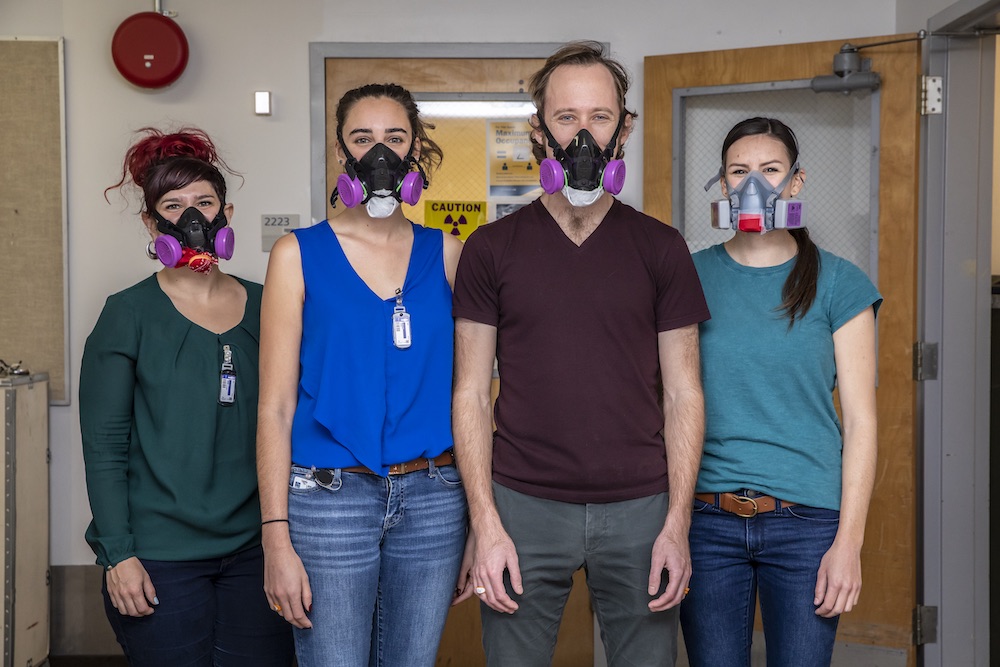Archive for February 2021
NuScale Power – A Scalable Clean Energy Solution
SPEAKER: José N. Reyes, Jr. Chief Technology Officer and Co-founder DATE/TIME: FRI, 02/26/2021 – 3:00PM TO 4:00PM LOCATION: VIA ZOOM SPRING 2021 Colloquium Series Abstract: Recent studies show that the addition of Small Modular Reactors (SMRs) to the renewable energy mix offers the least cost path to achieving clean energy mandates. NuScale Power has developed…
Read MoreProfessor Max Fratoni awarded the Xenel Distinguished Professorship
Professor Max Fratoni awarded the Xenel Distinguished Professorship February 19, 2021 Professor Max Fratoni was awarded the Xenel Distinguished Professorship to honor his tireless effort for science, education, and service. He joins 3 other distinguished and chaired faculties in the department, and will hold the appointment for 5 years. This is an indication of the…
Read MorePersonalized Cancer Radiotherapy Through In Vivo Sensing
SPEAKER: Mekhail Anwar, MD PhD DATE/TIME: FRI, 02/19/2021 – 3:00PM TO 4:00PM LOCATION: via zoom Spring 2021 Colloquium Series Abstract: We will discuss how to personalize cancer therapy through the development of new integrated circuit-based platforms for detecting both the delivery of charged particle therapy (CPT). Real-time in vivo dosimetry – at the single…
Read MoreUCBNE Researchers and the search for Dark Matter
UCBNE Researchers and the search for Dark Matter February 12, 2021 UCBNE Professor Karl van Bibber and his group of researchers were featured on campus news for their recent publication in Nature introducing a new experiment to harness the “weirdness of quantum mechanics to accelerate the search for the axion, one of two leading hypothetical…
Read MoreNuclear Landscapes: planning for nuclear waste disposal using cultural heritage thinking
SPEAKER: Rosemary Joyce Professor of Anthropology DATE/TIME: FRI, 02/12/2021 – 3:00PM TO 4:00PM LOCATION: ZOOM Spring 2021 Colloquium Series Abstract: The global nuclear industry has for decades used sites like Stonehenge as models for designs for long-term markers to be placed over nuclear waste repositories to ensure they are not violated in distant, imagined futures.…
Read MoreDesign and Development of High Spatial Resolution Positron Emission Tomography (PET) Systems
SPEAKER: Craig Levin Professor of Radiology, and, by Courtesy, of Physics, Electrical Engineering and Bioengineering, Stanford University DATE/TIME: FRI, 02/5/2021 – 3:00PM TO 4:00PM LOCATION: zoom Spring 2021 Colloquium Series Abstract:PET imaging employs positron-emitting radionuclides to visualize and quantify the biology and chemistry of disease in living subjects. There has been great interest to enhance…
Read MoreBerkeley Team take first-ever measurements of Einsteinium
Berkeley Team take first-ever measurements of Einsteinium February 5th, 2021 “Structural and Spectroscopic Characterization of an Einsteinium Complex,” has been published in Nature; A study co-led by Berkeley Lab scientist and UC Berkeley Nuclear Engineering (UCBNE) Assistant Professor Rebecca Abergel, Los Alamos National Laboratory (LLNL) scientist Stosh Kozimor, and a team of scientists: study co-authors…
Read More





